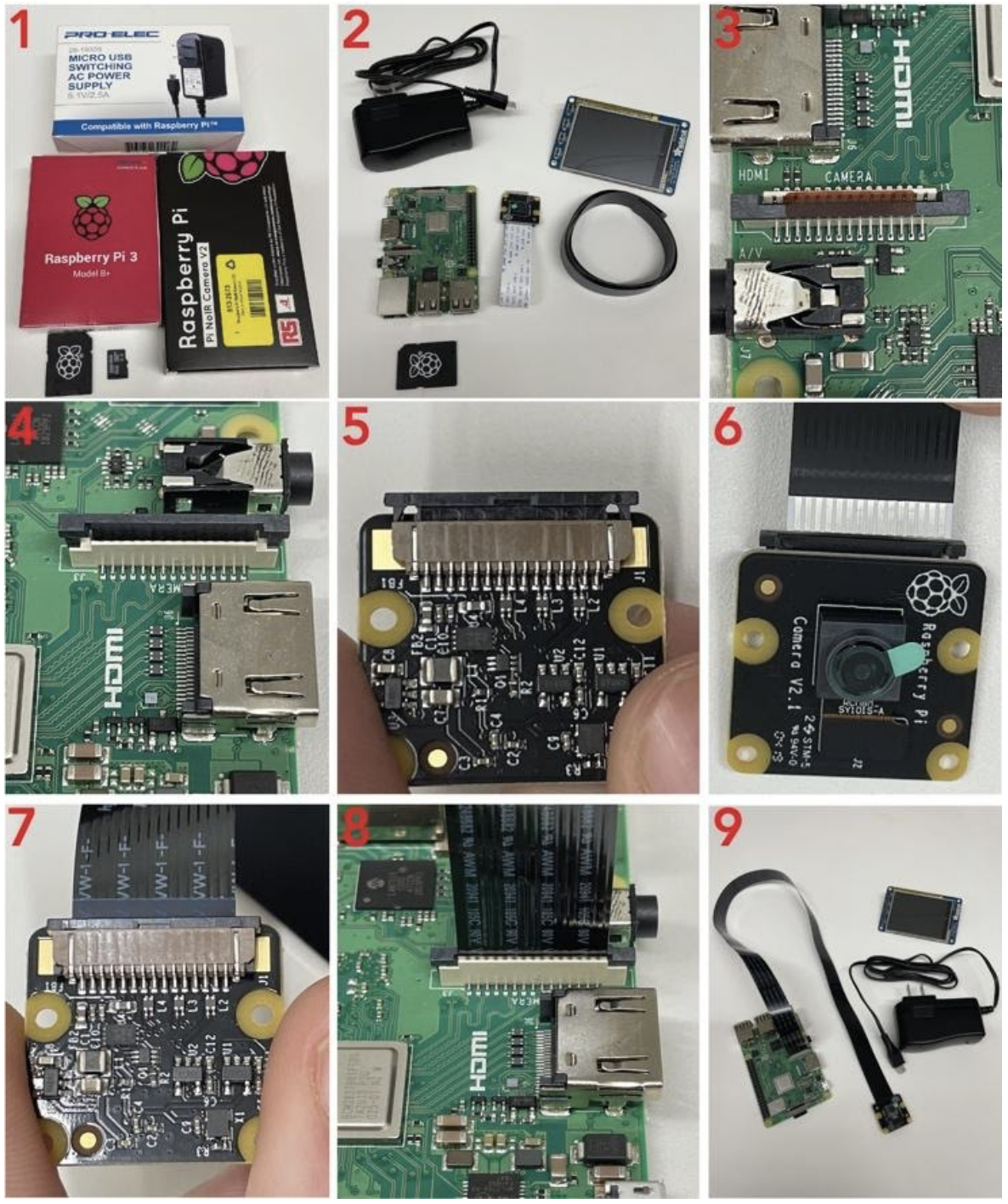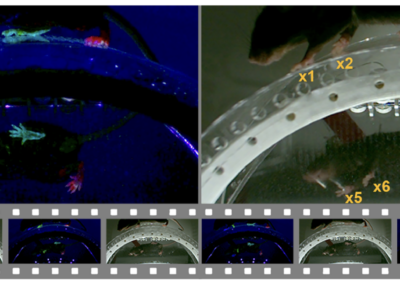Deep learning approaches have provided quantitative measurements of pose estimation and behavior tracking, though the quality and consistency of these results are dependent on the camera system. Commercially available cameras are often used; while these cameras are relatively inexpensive, they offer limited recording parameters and suboptimal video quality. Additionally, these cameras are unlikely to synchronize with each other. Samuel Centanni and Alexander Smith share an alternative open-source system PiRATeMC in a recent bioRxiv preprint: https://www.biorxiv.org/content/10.1101/2021.07.23.453577v1 The team shares a step-by-step guide for the assembly and use of their affordable, flexible, and scalable video recording system. Pi-based Remote Acquisition Technology for Motion Capture, or PiRATeMC, utilizes a Raspberry Pi (RPi) miniature computer and an accompanying 8-megapixel Camera Board that allows for greater manipulation of recording parameters. Implementing their system design is low-cost <$80 USD. The user has control over frame size, frame rate, whitebalance, brightness/contrast, ISO, saturation, bitrate, and more. PiRATeMC can also be used with ClusterSSH to synchronize cameras in multi-angle recording or simultaneous sessions. Samuel Centanni and Alexander Smith provide a user-friendly recording system and describe a simple data management pipeline for camera synchronization and combined data directories. The system may be accessed on the project’s GitHub page: https://github.com/alexcwsmith/PiRATeMC This research tool was created by your colleagues. Please acknowledge the Principal Investigator, cite the article in which the tool was described, and include an RRID in the Materials and Methods of your future publications. RRID:SCR_022327 Get access to necessary files and code for the PiRATeMC project from their GitHub repository! Read the paper for a step-by-step guide to PiRATeMC! Check out projects similar to this!PiRATeMC

GitHub Repository
Paper
Have questions? Send us an email!






